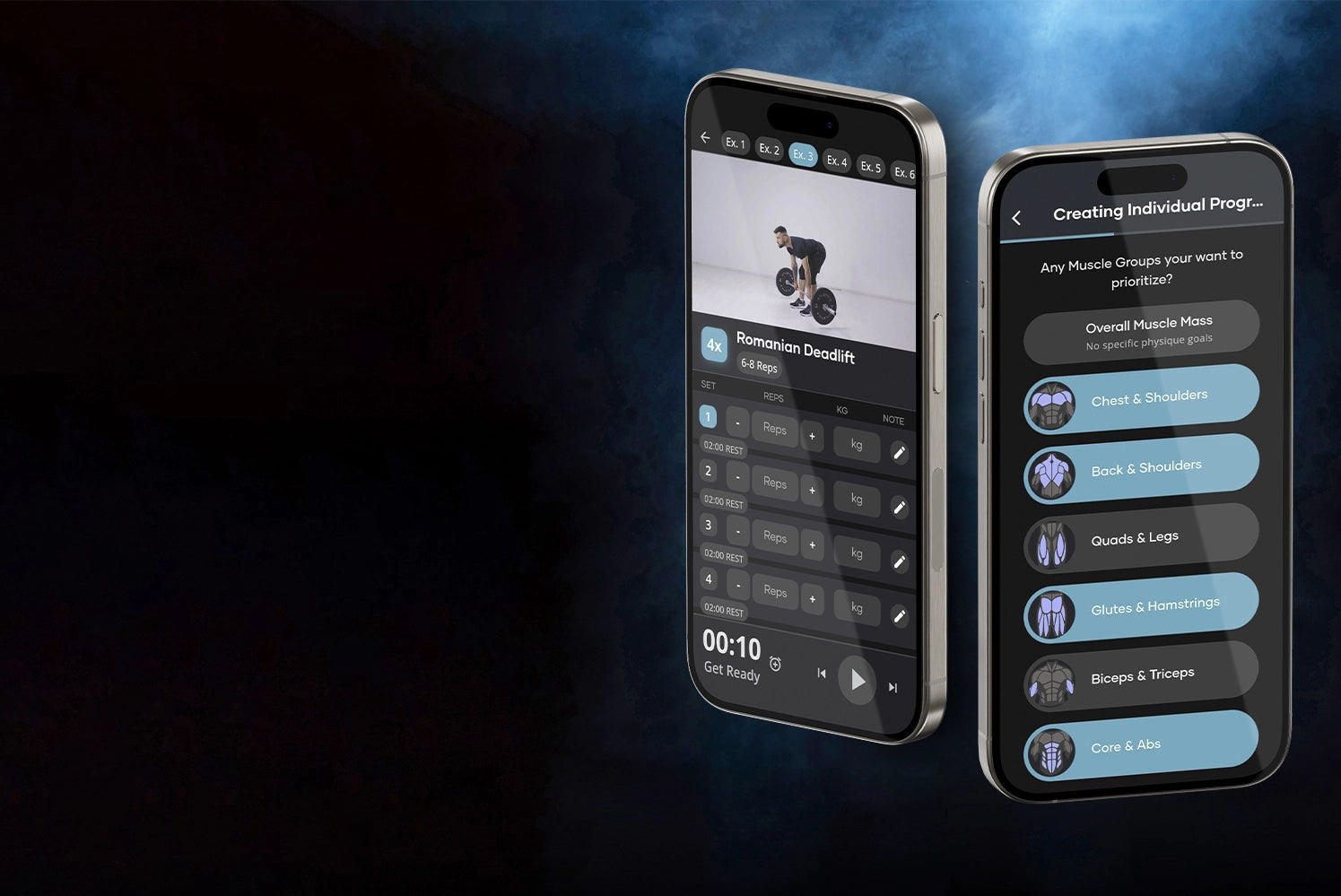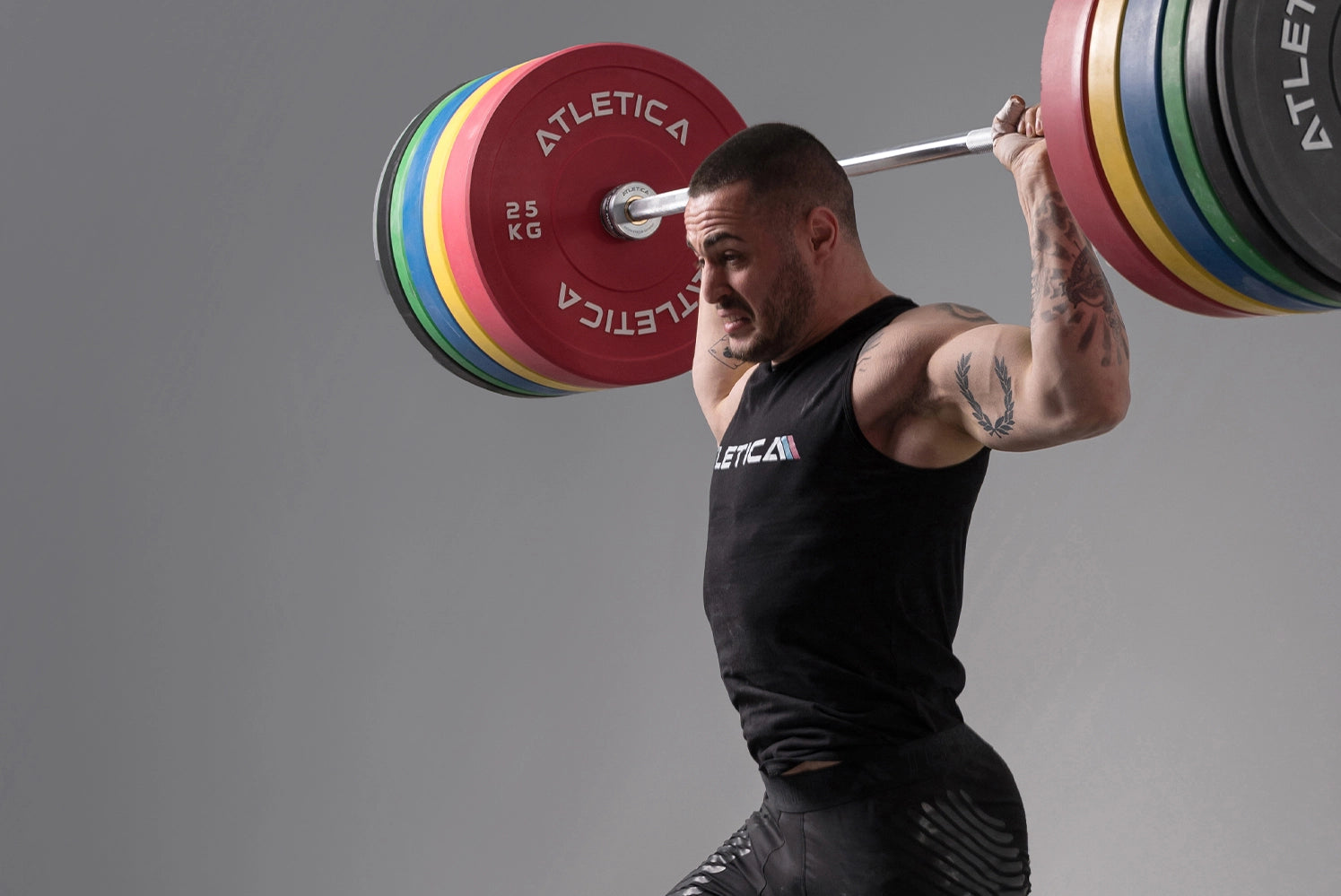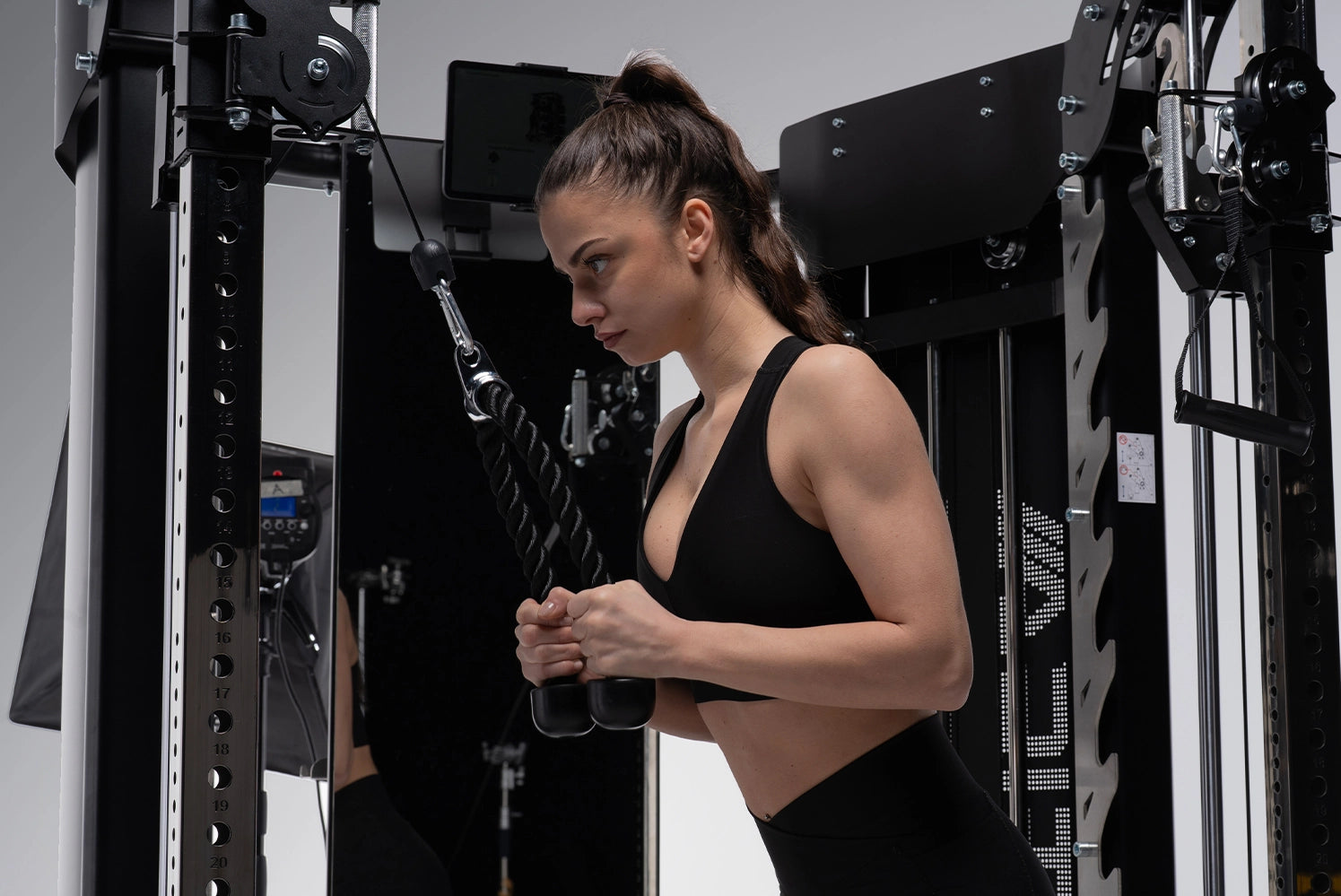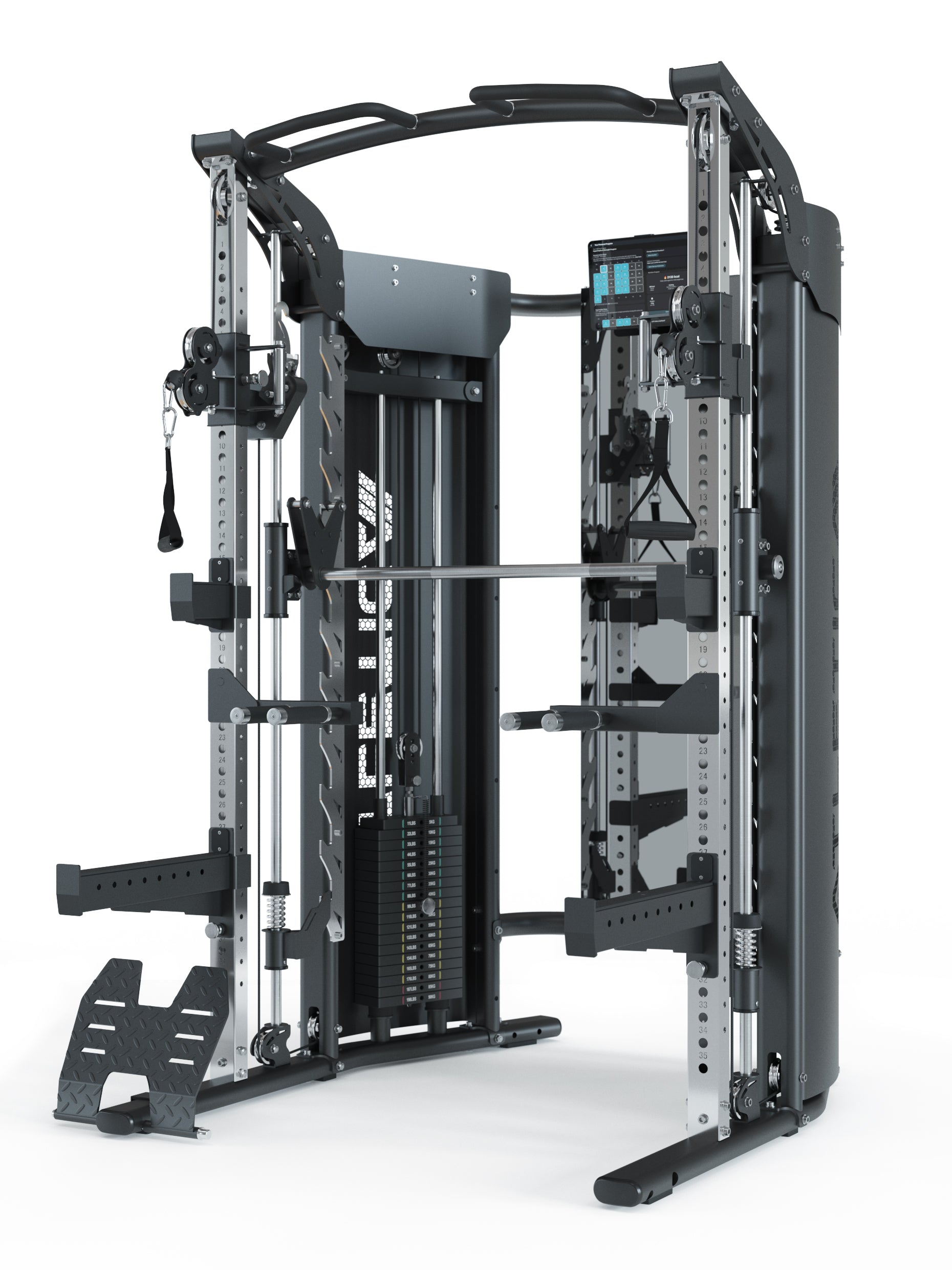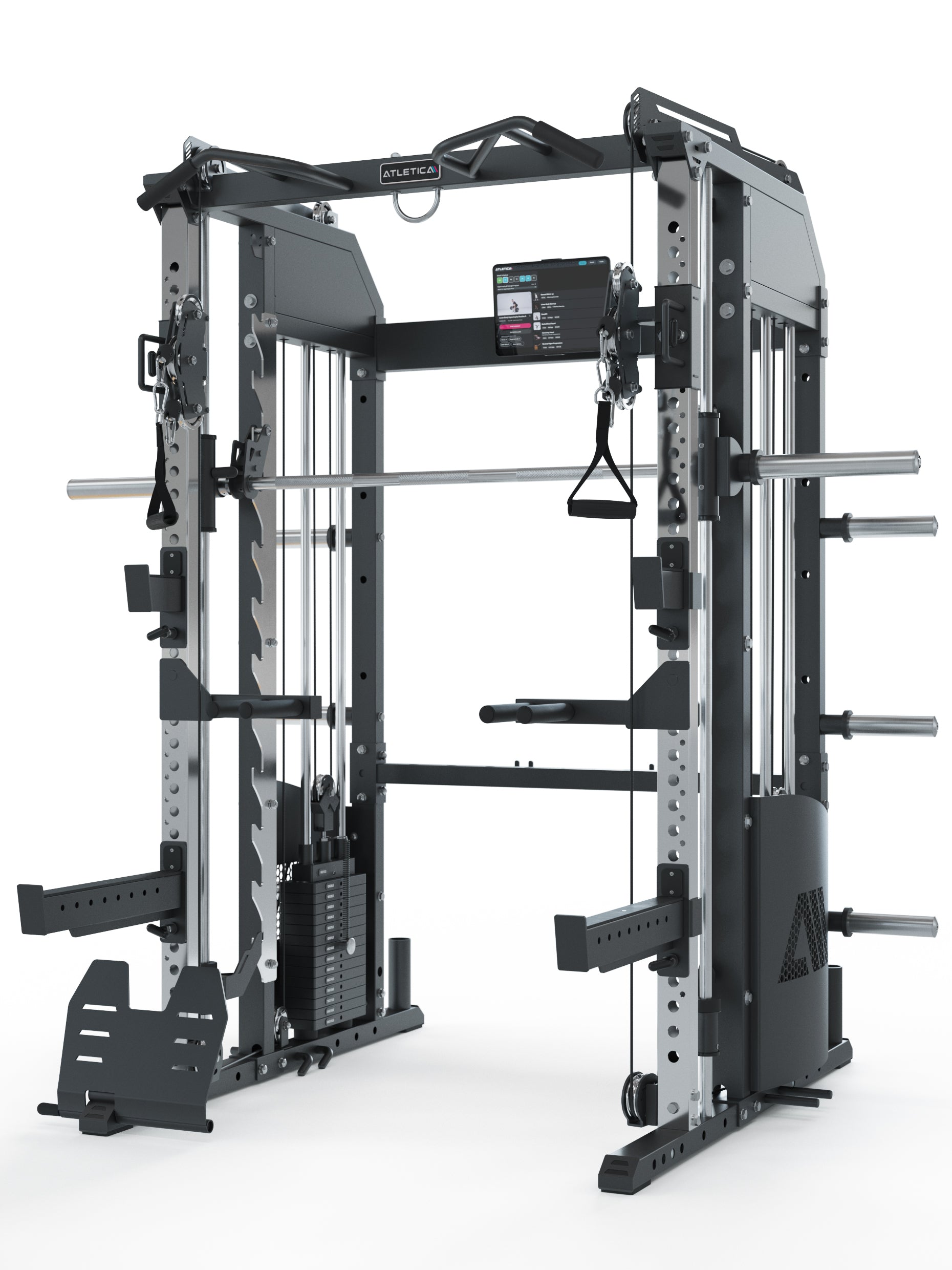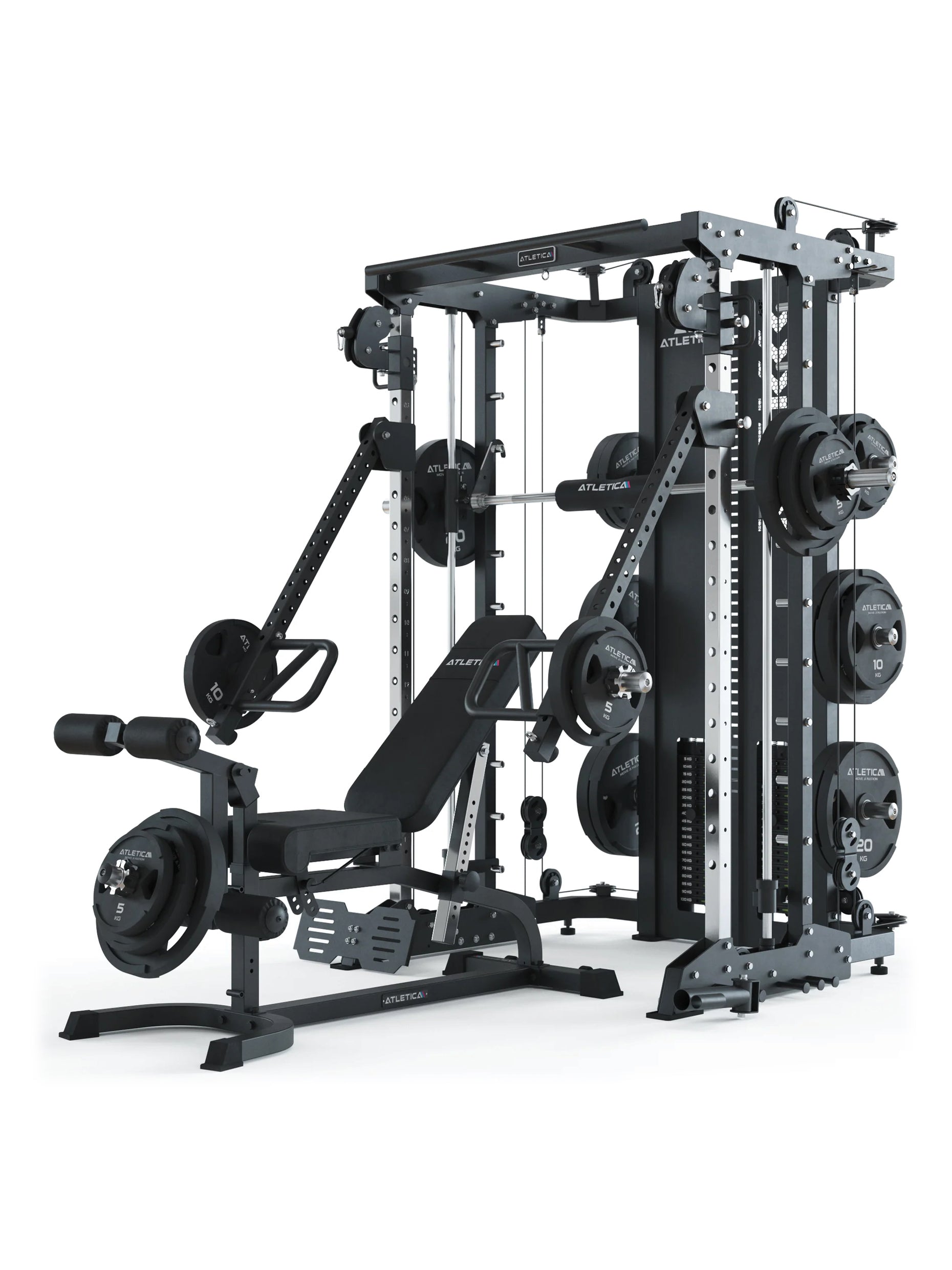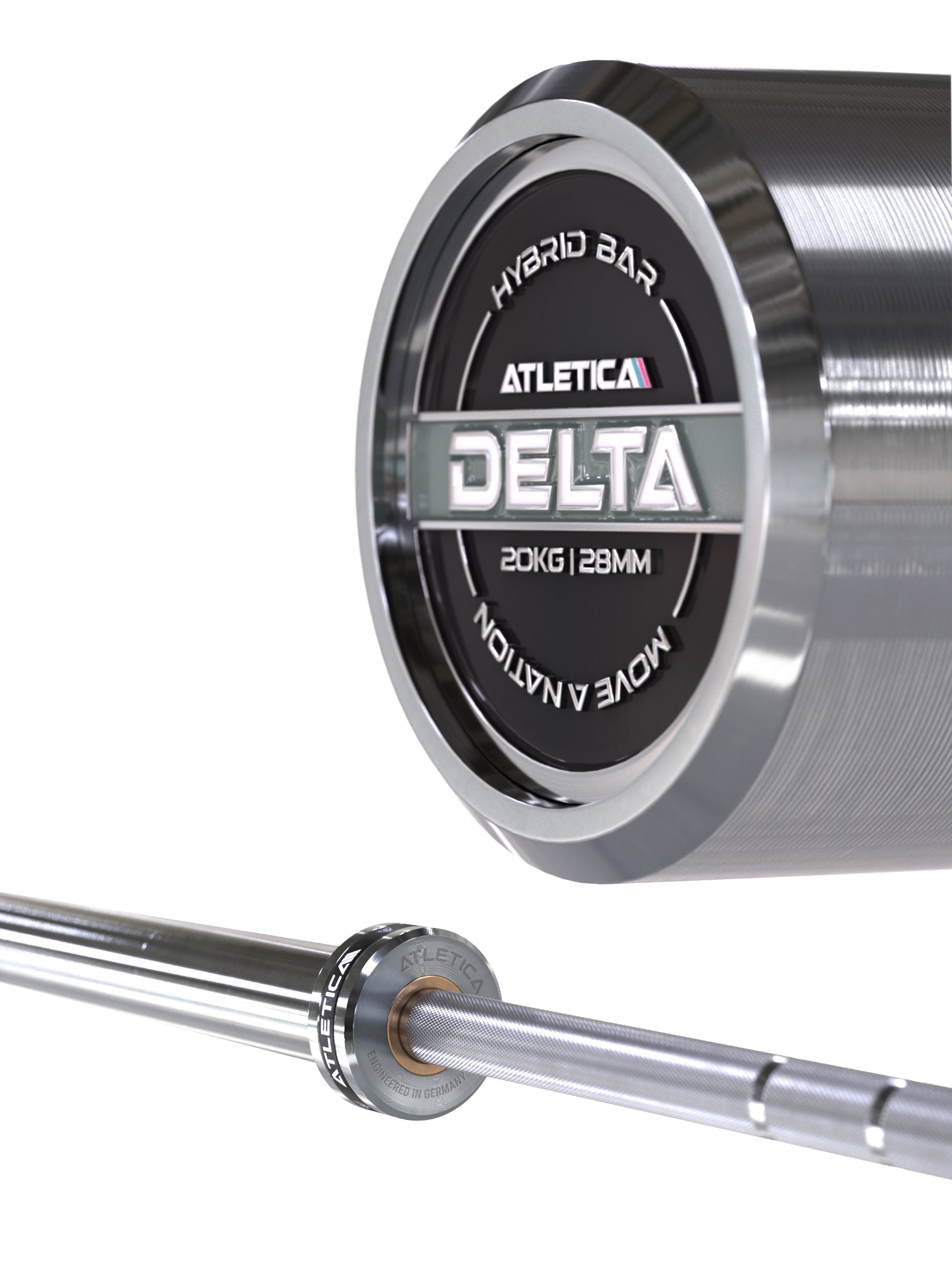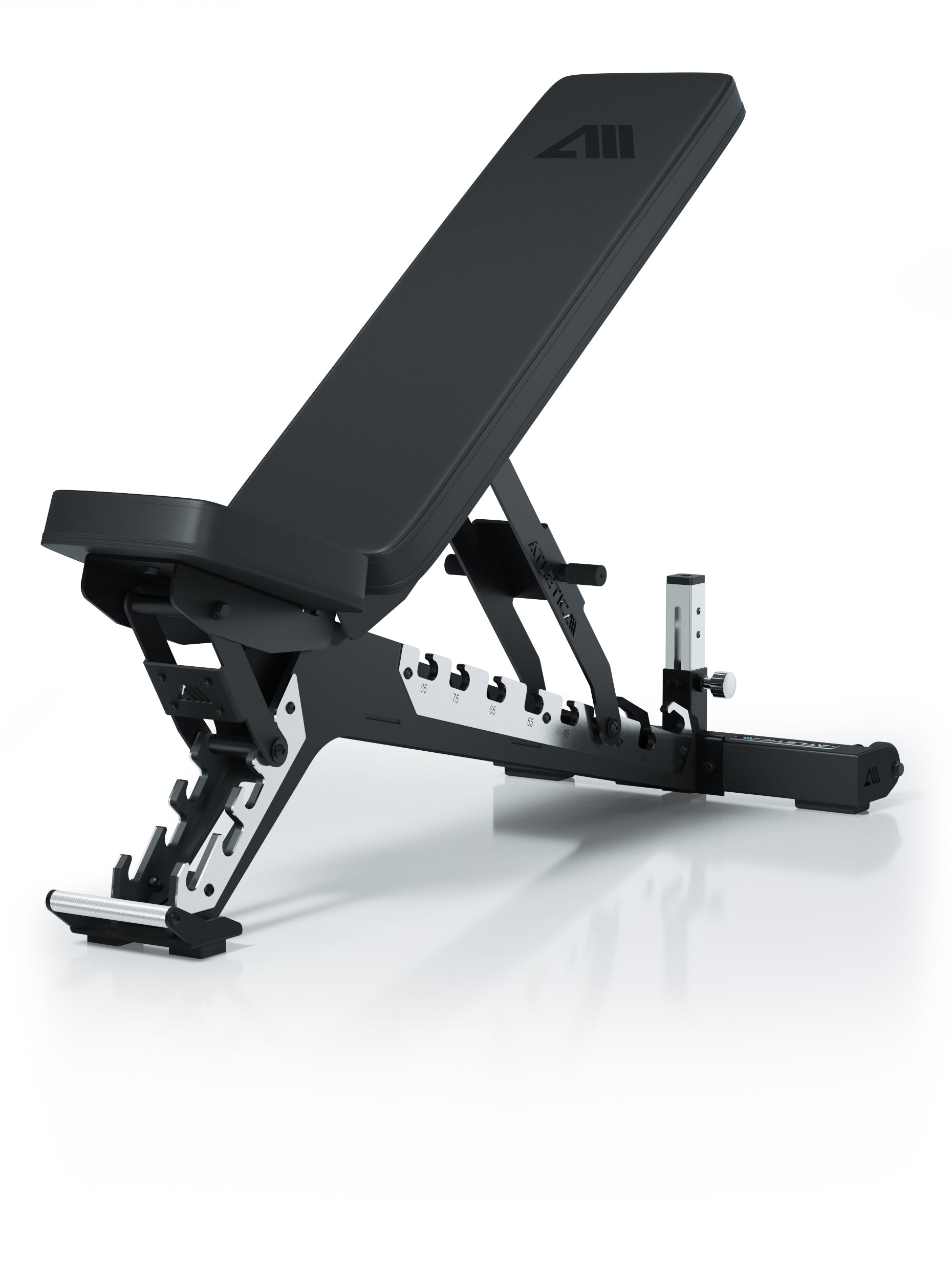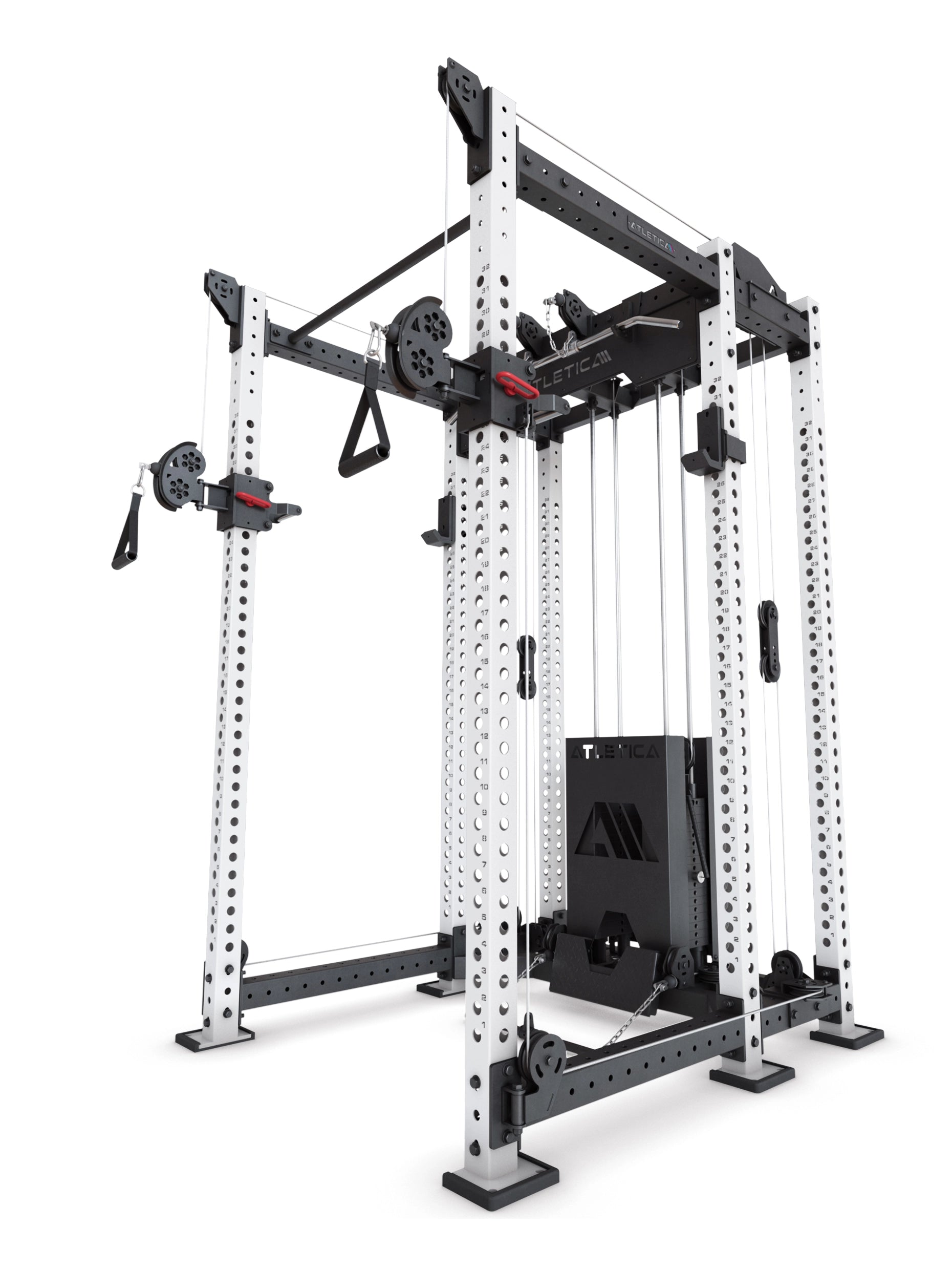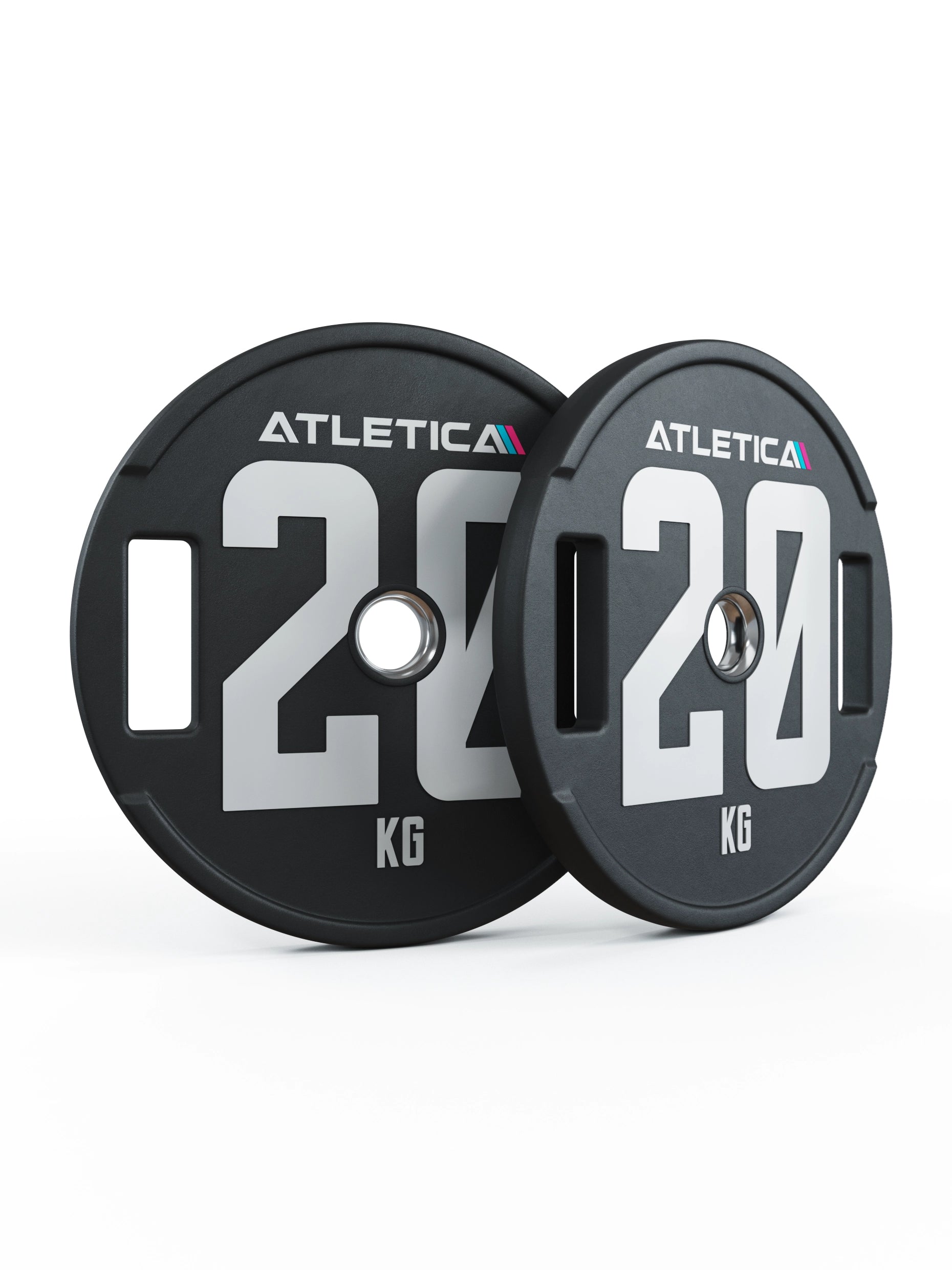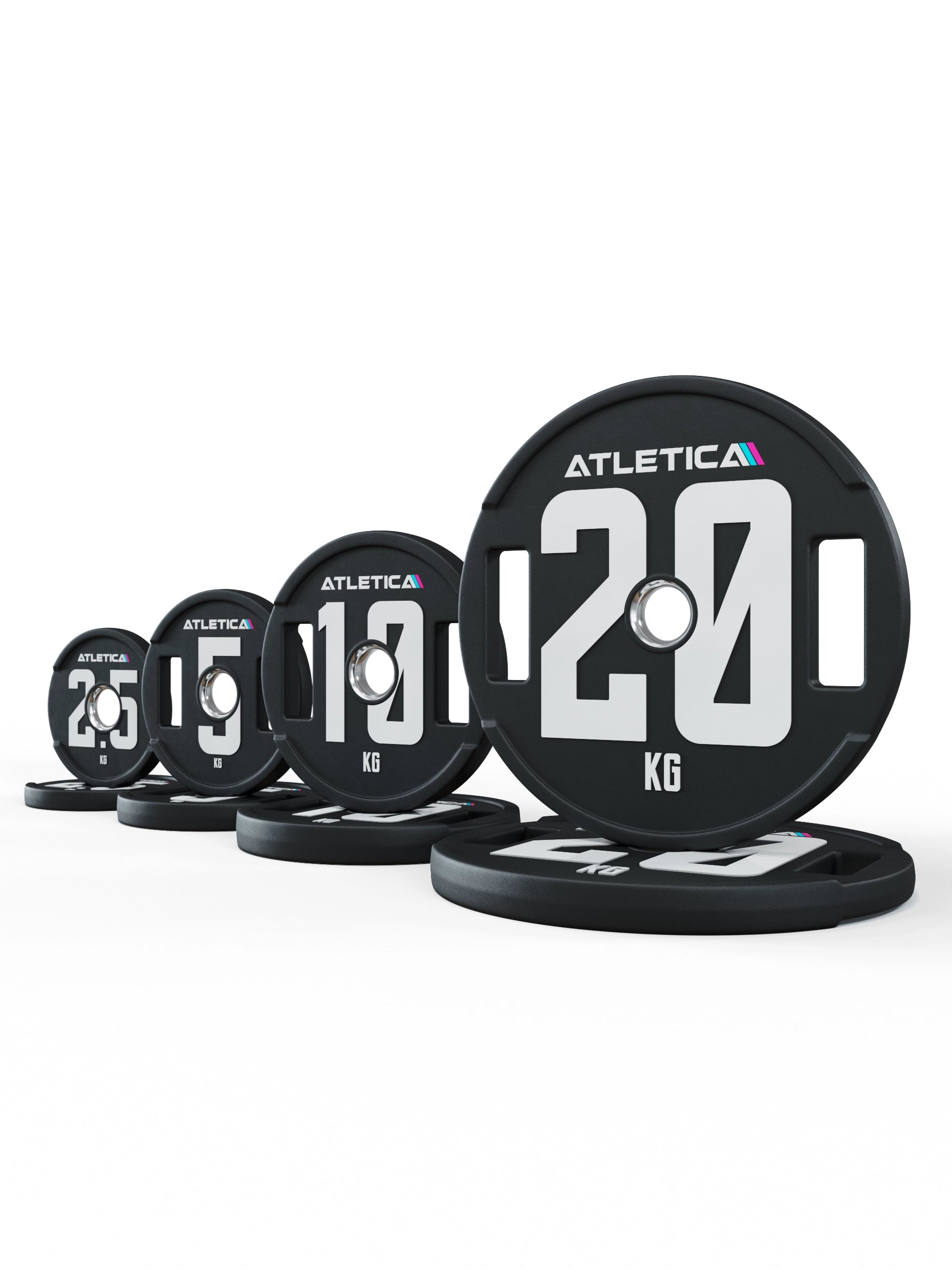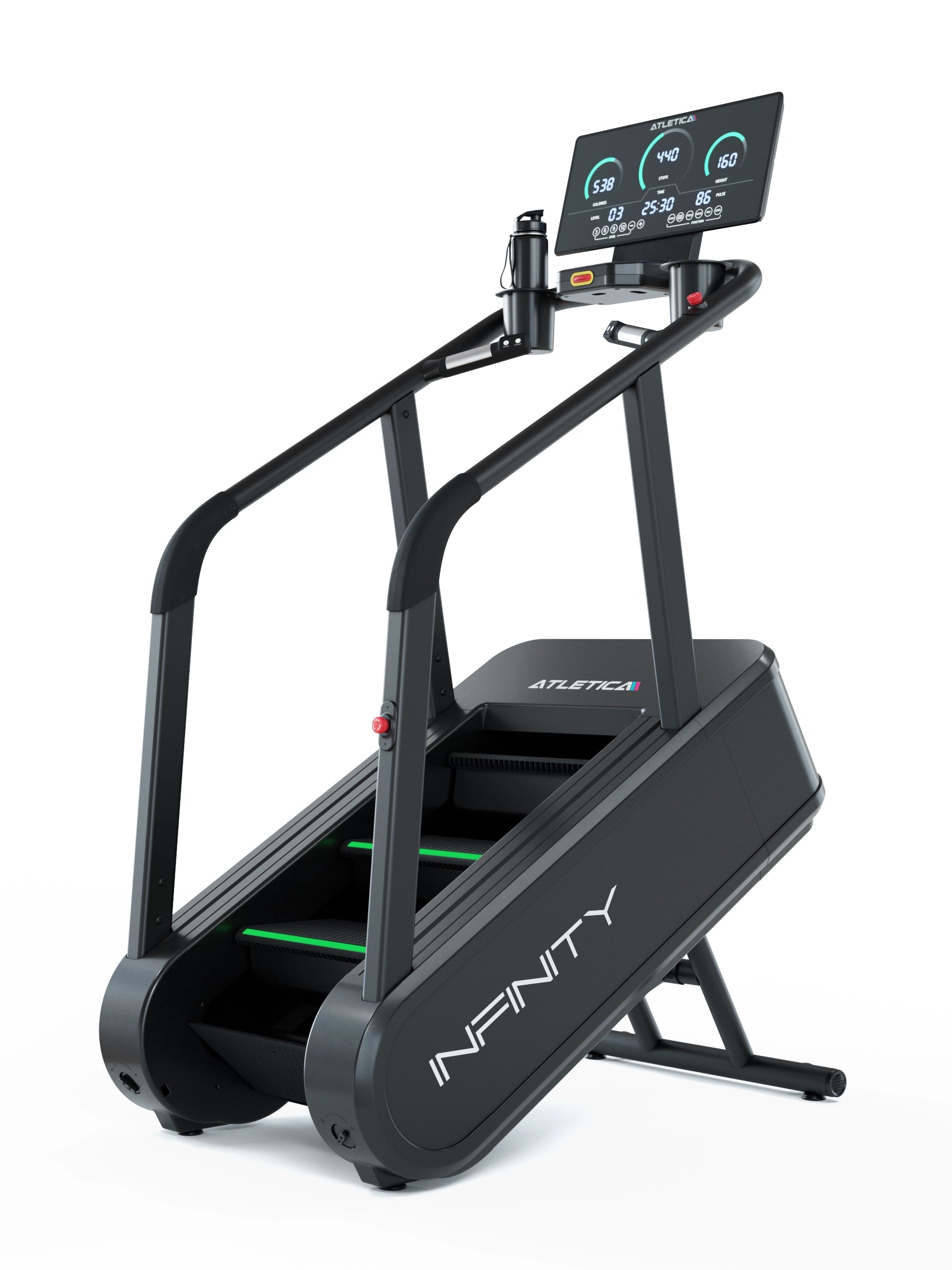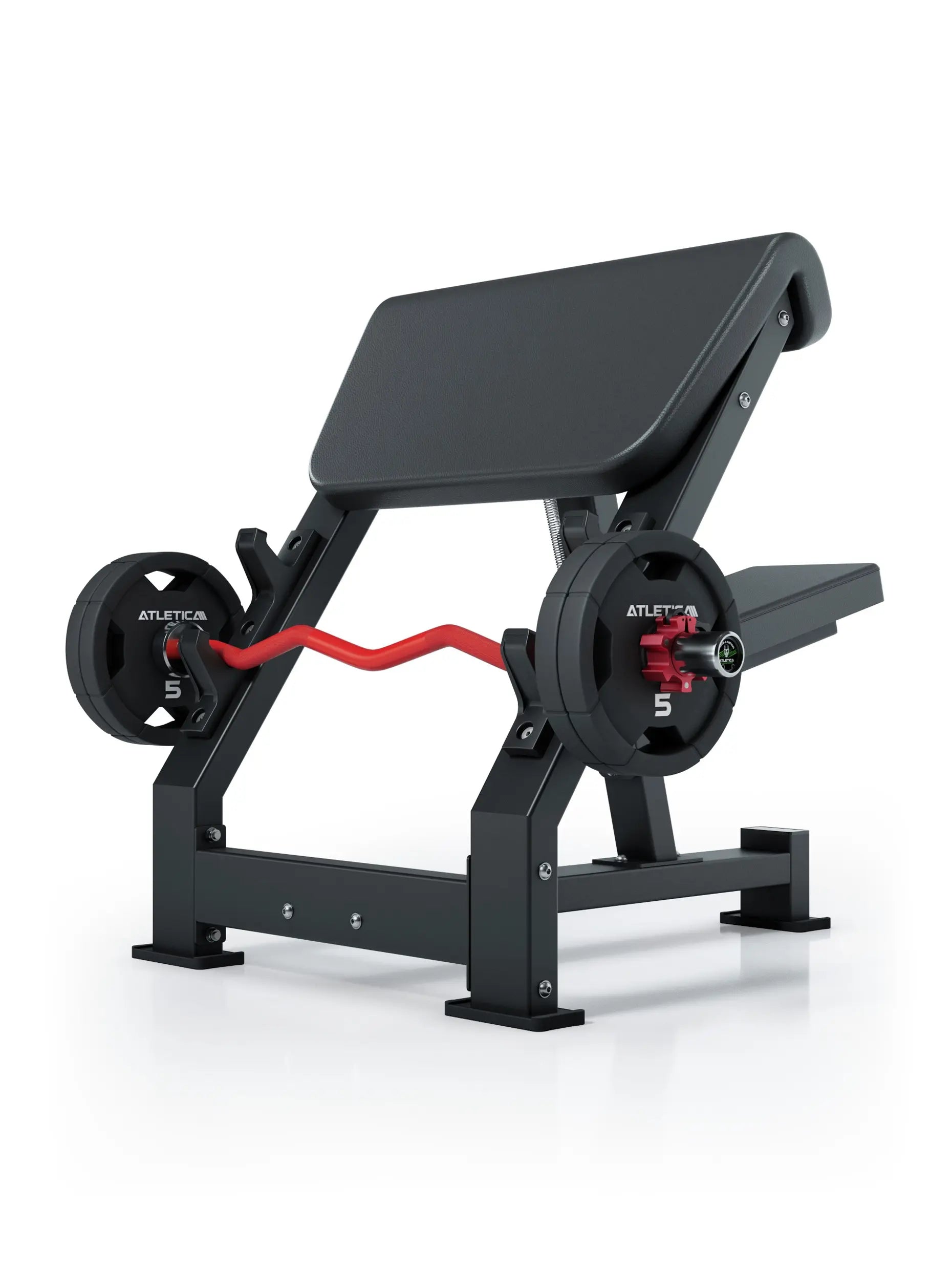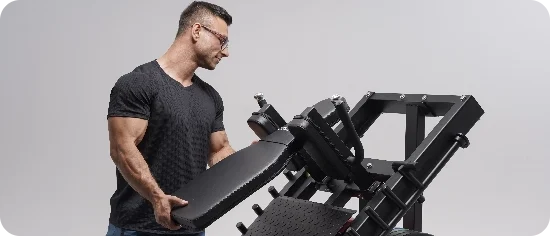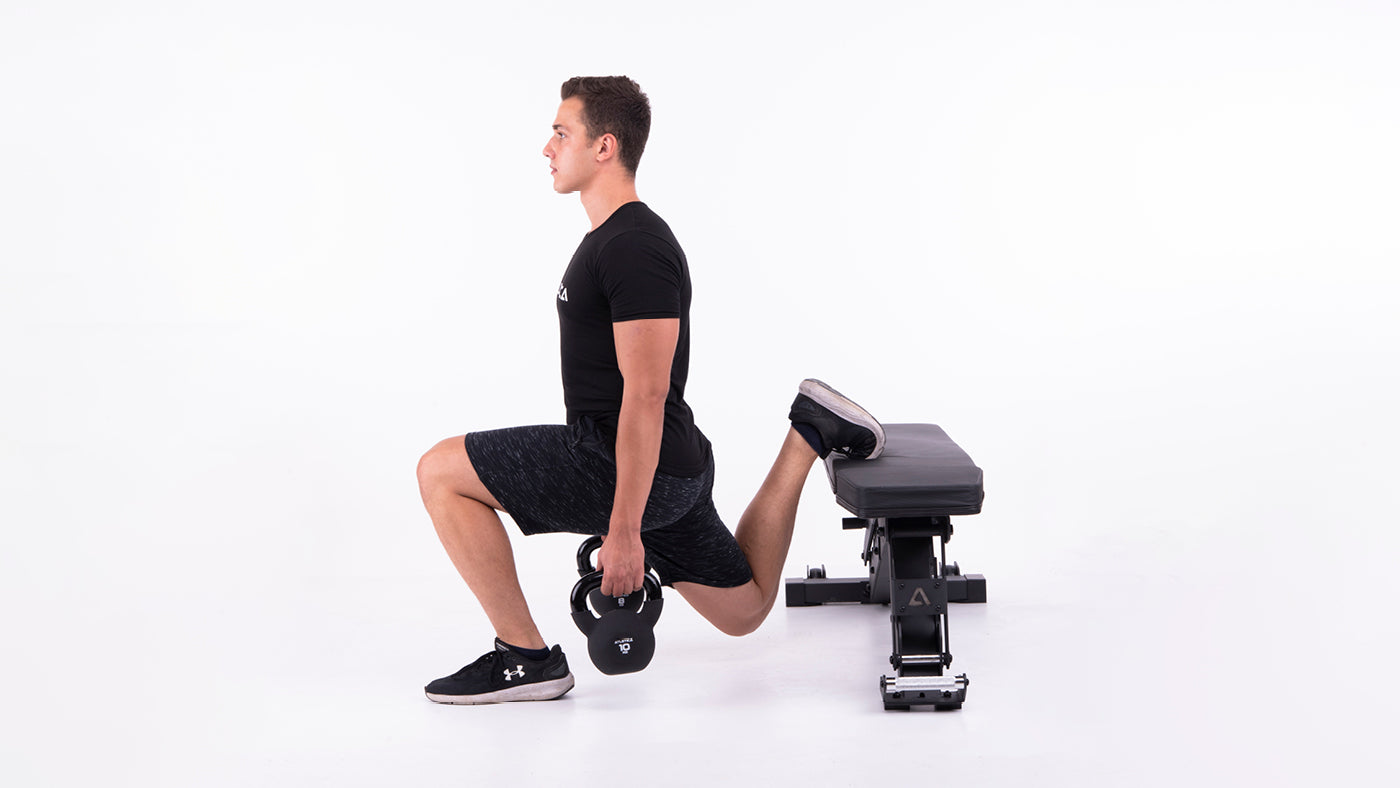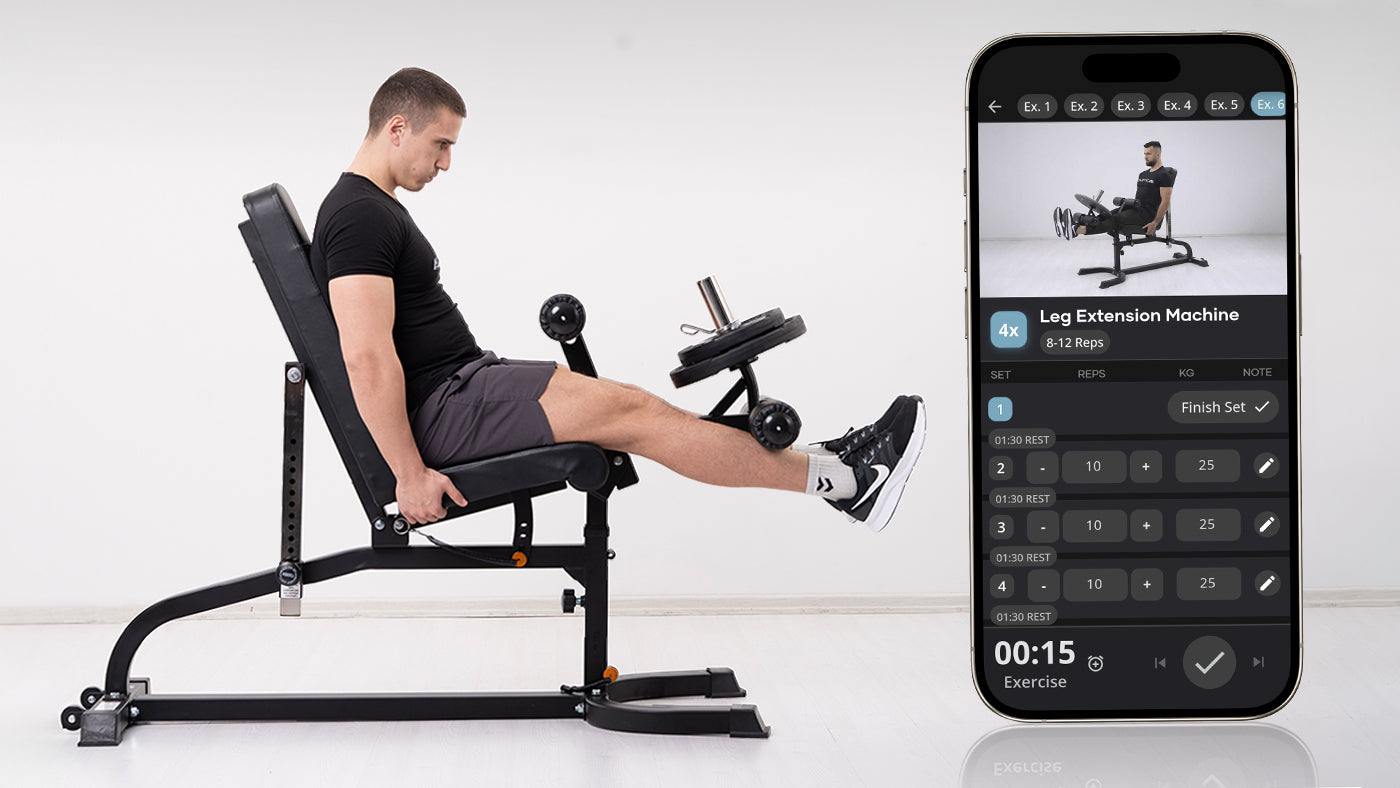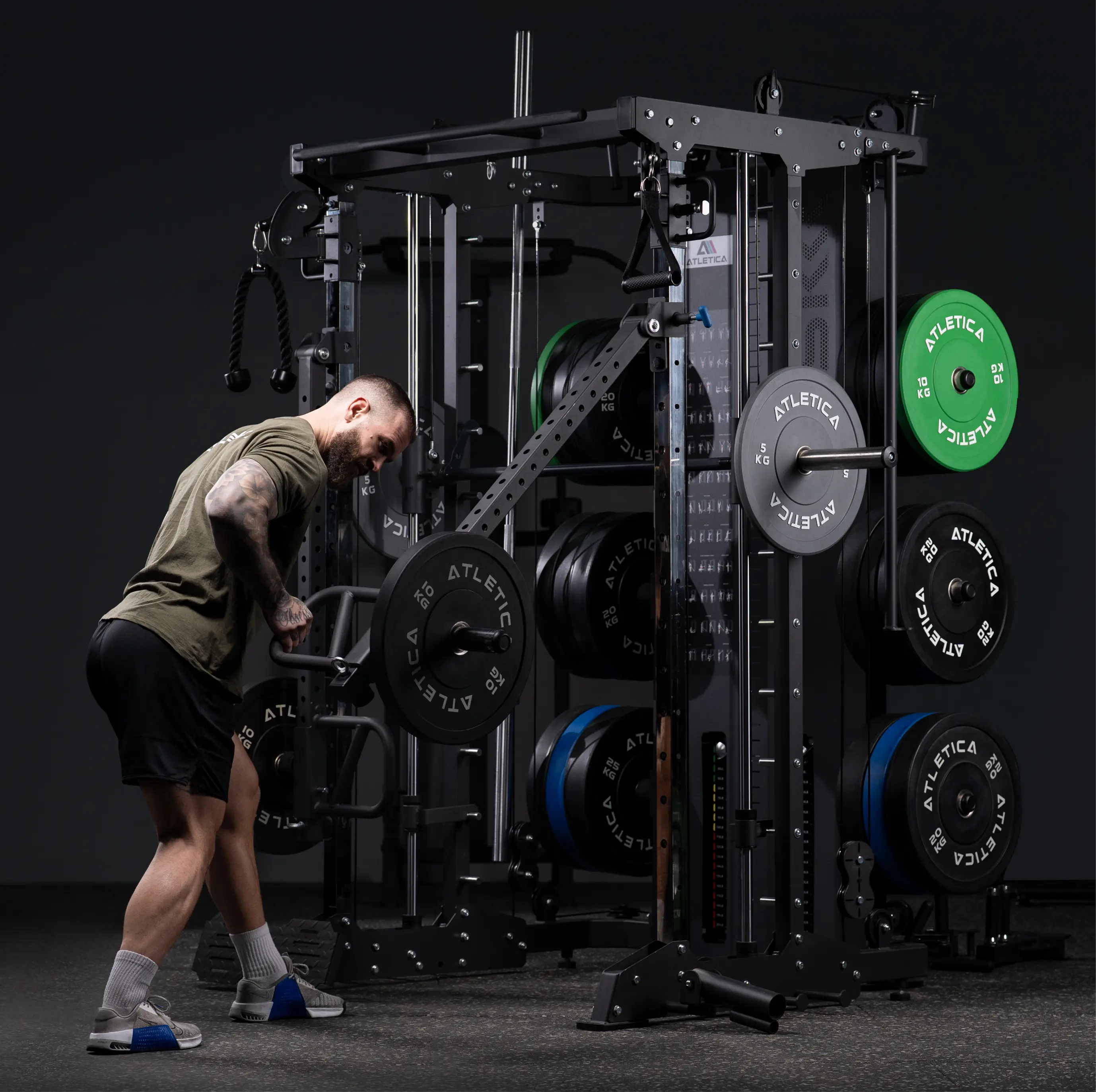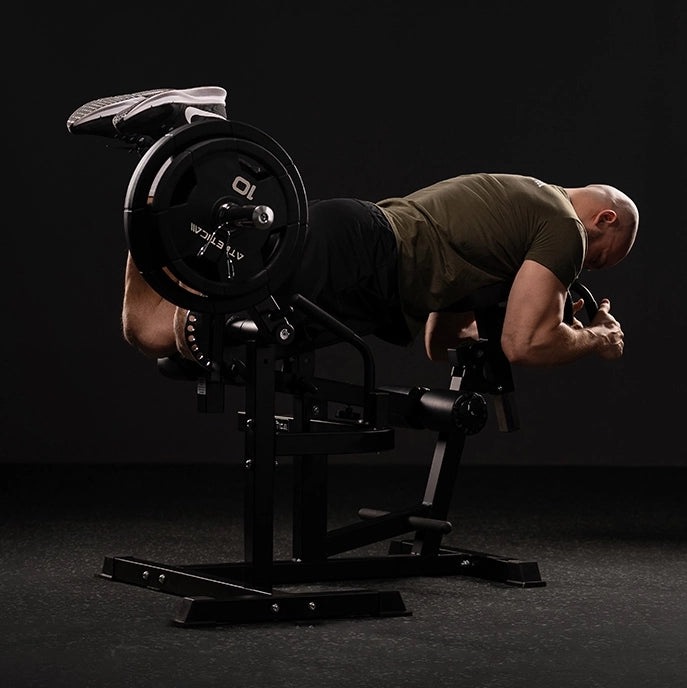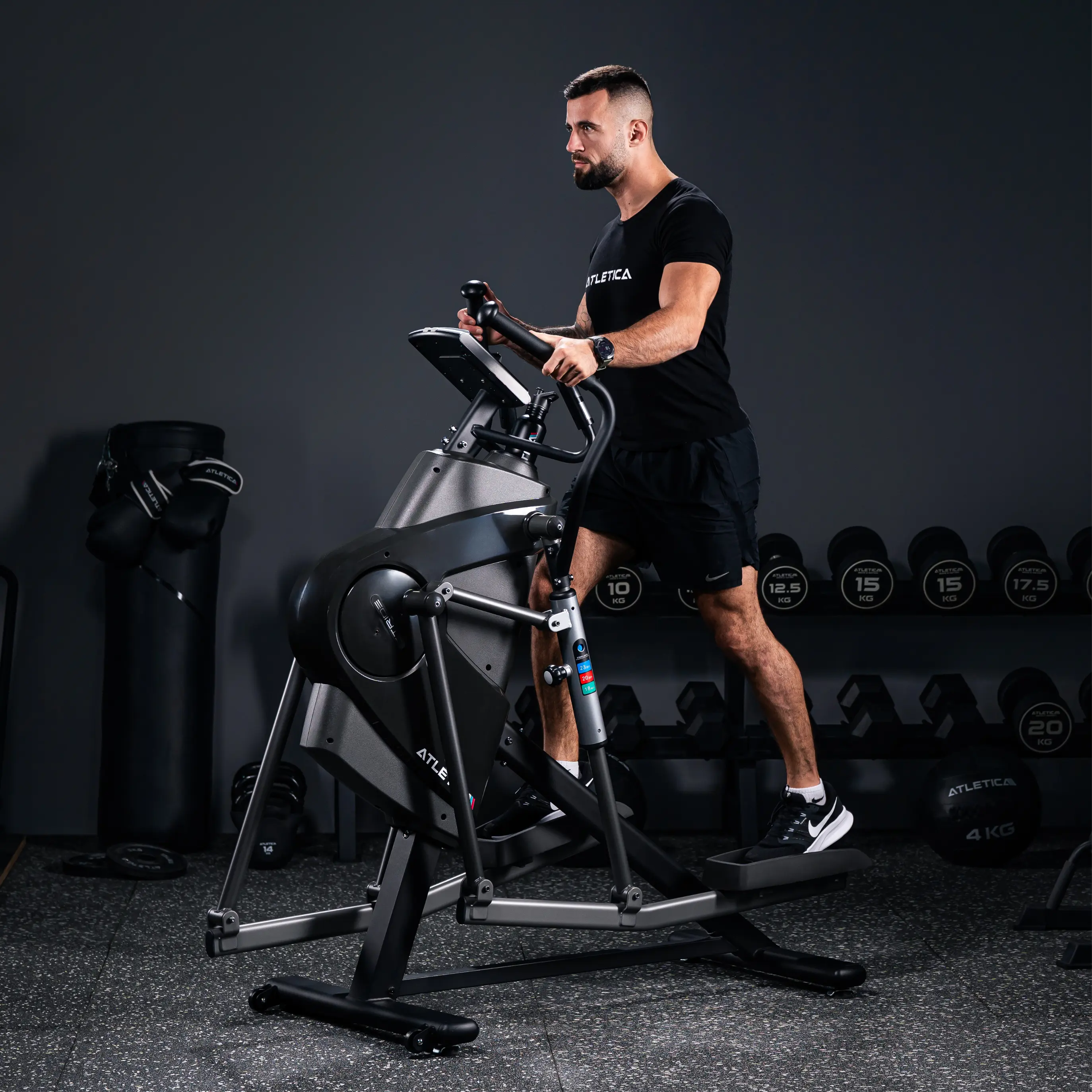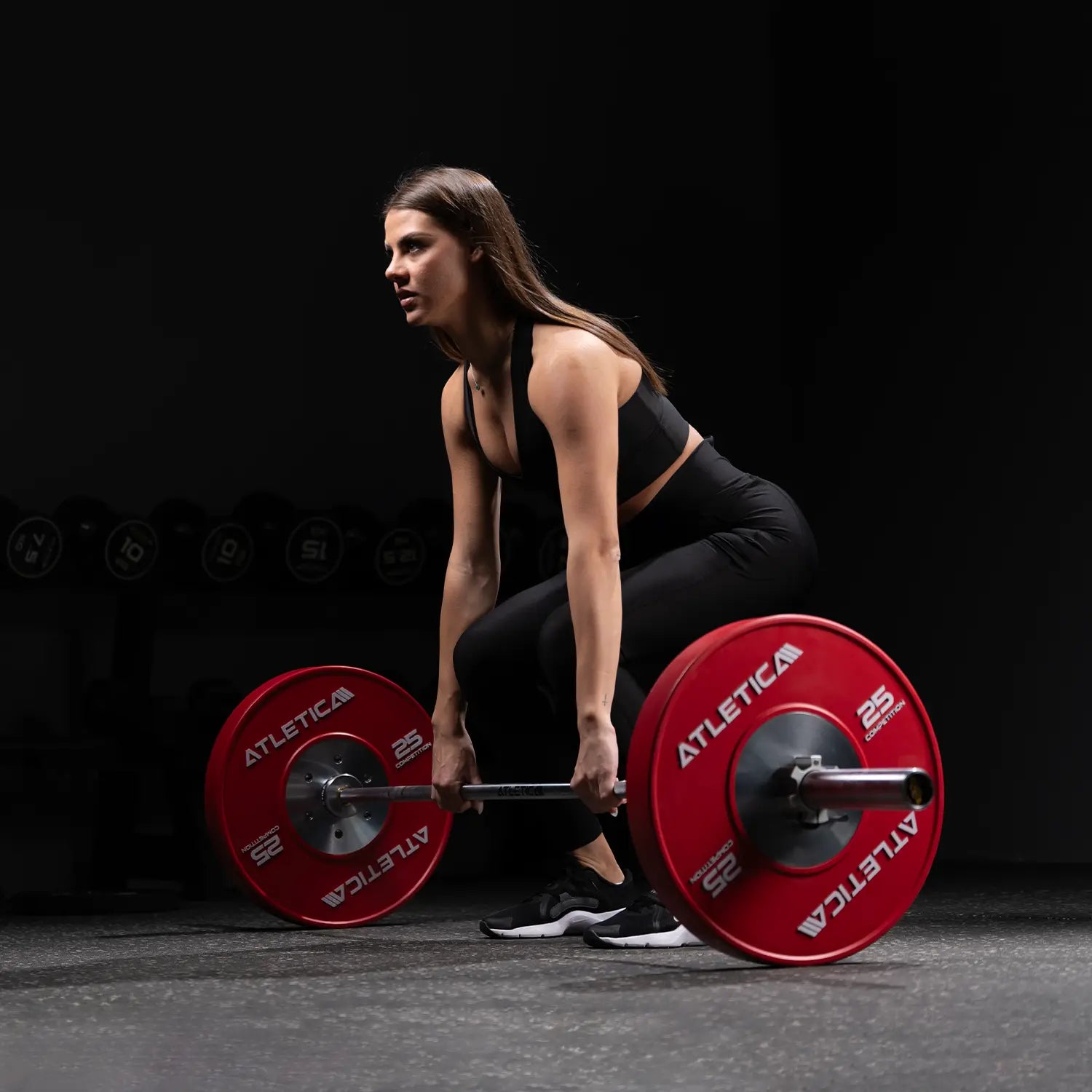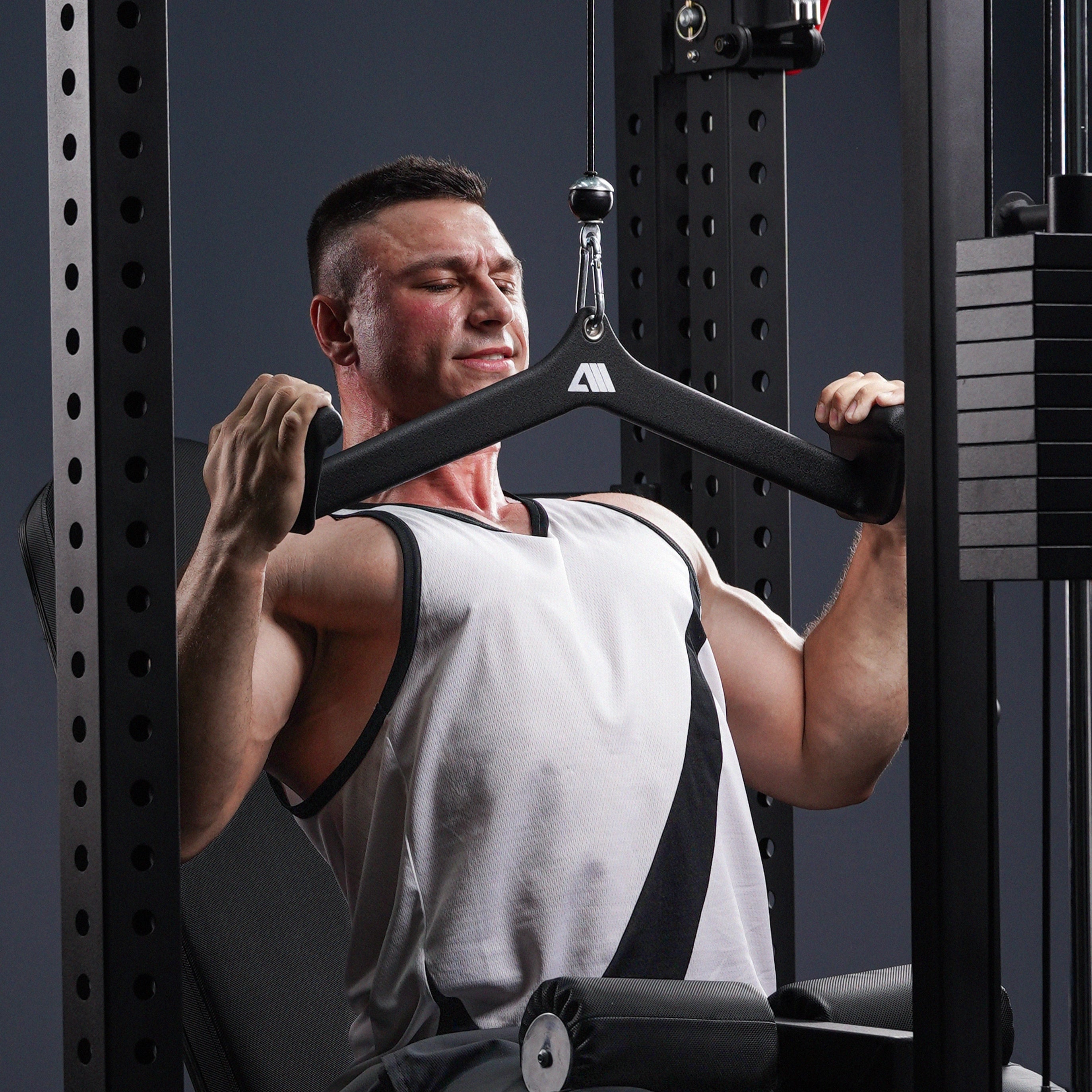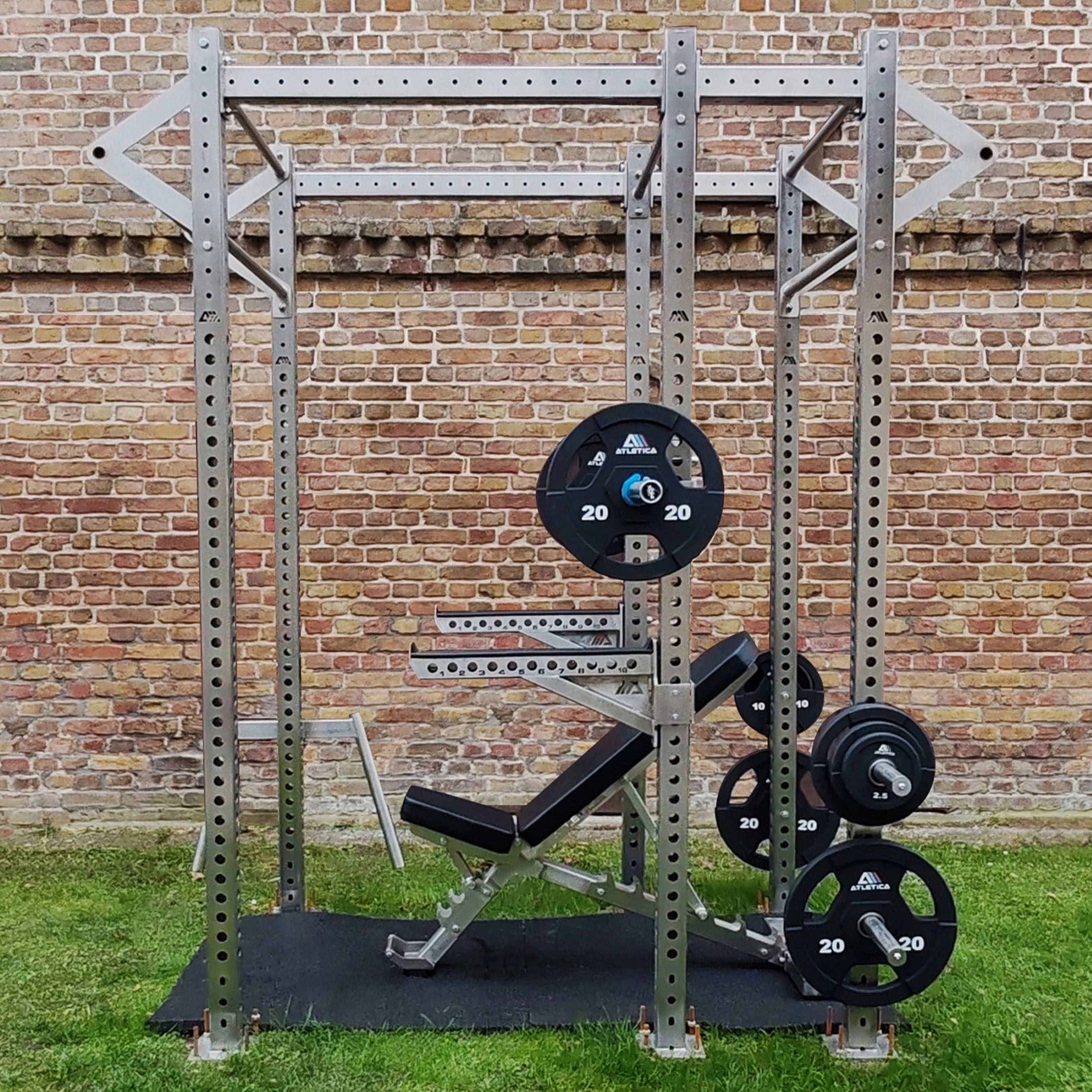Those who desire a slimmer silhouette and more muscle definition often ask themselves: Is it even possible to lose fat and build muscle at the same time? Or is this a fitness myth?
The short answer: Yes, it's possible – but not equally quickly or easily for everyone. In this article, you'll learn how body recomposition works, who it's realistic for , what you need to keep in mind, and how to optimally tailor your training and nutrition to it.

What does body recomposition mean?
The term “body recomposition ” describes a change in body composition – more muscle mass, less body fat – without necessarily changing body weight significantly .
Instead of just looking at the number on the scale, it's about the quality of your body :
- Muscle building : more metabolically active mass
- Fat loss : less energy reserve, more defined appearance
The goal: fitter, stronger , more defined – regardless of your weight.
The challenge: calorie needs vs. calorie intake
To lose fat, you need a calorie deficit – you consume less energy than you burn.
To build muscle, you need training with stimulus and, in the classic sense, a calorie surplus to supply new muscle mass.
This seems to contradict itself – and this is precisely where the challenge lies.
But science says it works – under certain conditions.

For whom is body recomposition realistic?
1. Beginners
The so-called “ newbie effect ” is real: Anyone who starts strength training for the first few weeks can build muscle and lose fat at the same time because the stimulus is new and the body reacts quickly.
2. Returning players
Those who have trained previously and return after a long break benefit from what is known as muscle memory – muscle cells remember and build mass again more quickly, even when in a calorie deficit.
3. Overweight people
People with a higher body fat percentage have sufficient energy reserves to build muscle mass and burn fat at the same time through targeted training.
4. Slightly advanced with smart planning
With precise calorie management, high protein consumption and a targeted training plan, slow recomposition is possible even at a slightly advanced stage – but it is more demanding.
What you need to make it work
1. A targeted training plan with progression
Without stimulation, there's no development. Your plan should:
- include at least 3 strength training sessions per week
- on basic exercises such as squats, deadlifts, pull- ups, bench presses
- ensure progressive overload (i.e. become heavier or more intense over time)
2. A moderate calorie deficit
Too severe a deficit prevents muscle growth. Ideal:
- 10–20 % fewer calories than your maintenance needs
- Example : Your requirement is 2500 kcal → 2000–2250 kcal daily
3. High protein consumption
Protein is the key to maintaining and building muscle during a deficit. Recommendation:
- 2–2.5 g protein per kg body weight
- Example : 70 kg body weight → 140–175 g protein daily
Good sources : Low - fat curd cheese, eggs, fish, chicken , protein shakes, tofu, legumes
4. Patience & Continuity
Recomposition isn't a four-week project. You'll slowly lose fat while building strength and muscle mass — visible changes take time, even if your weight stays the same.
Training recommendation: How to structure your week
Example training week (4 units):
- Monday : Full- body strength training
- Tuesday : active day (walking, mobility)
- Wednesday : Upper Body Focus
- Thursday : Rest day or cardio
- Friday : Lower Body Focus
- Saturday : HIIT or circuit training
- Sunday : Rest day
Important : Strength training is the main focus – cardio complements but does not replace weights.

Tools for monitoring success – not just the scale
Those who lose weight and build muscle at the same time won't necessarily become lighter, but they will become significantly fitter and more toned. Don't rely solely on the scale.
Instead:
- Tape measure : Measure the circumference of the stomach, hips , and thighs regularly
- Photos taken 4 weeks apart – from the same angles, the same light
- Body fat measurement – e.g. E.g. using a caliper or bioelectrical impedance scale
- Strength values in training – progress on the barbell is a good sign of muscle growth
Common mistakes – and how to avoid them
Mistake 1: Eating too little
A calorie deficit that's too severe will lead to muscle loss instead of building. Stick to a moderate deficit and eat enough protein.
Mistake 2: No systematic training
Unstructured training without progression won't result in muscle gains — even in excess. Follow a plan.
Mistake 3: Too much focus on cardio
Endurance training helps with calorie consumption, but muscle building requires weights – at least 70 % of your training time should be spent on strength training.
Error 4: No regeneration
Muscles don't grow during training, but during rest. Plan rest days, adequate sleep, and stress management .
Atletica Tip: Equipment & App for your Recomp Success
Whether you are at home or in a studio , you need functional, versatile equipment for effective body recomp training:
- Barbell & Rack : For basic exercises & progressive loading
- Dumbbells & Kettlebells : For beginner-friendly strength training
- Slam Balls & Resistance Bands : For Core, Metcon & Activation
- Atletica App : Training plans for muscle building & fat loss, perfectly tailored to your goal
With structured instructions, exercise videos and automatic progression, you are well equipped – online and offline.

Conclusion: Losing weight and building muscle – yes, it’s possible!
It's no myth: You can lose fat and build muscle at the same time - if you train specifically, eat wisely and have realistic expectations.
Beginners , returning athletes , and those who are overweight have enormous potential here. Advanced athletes need to work more precisely, but can also benefit from this – for example, through phase planning or cyclical nutrition .
The key : consistency, progression, and a well-thought-out plan. With the right setup and a clear structure, you'll get the most out of your body .


